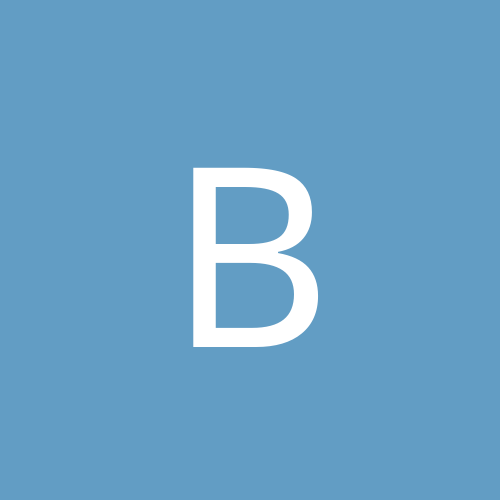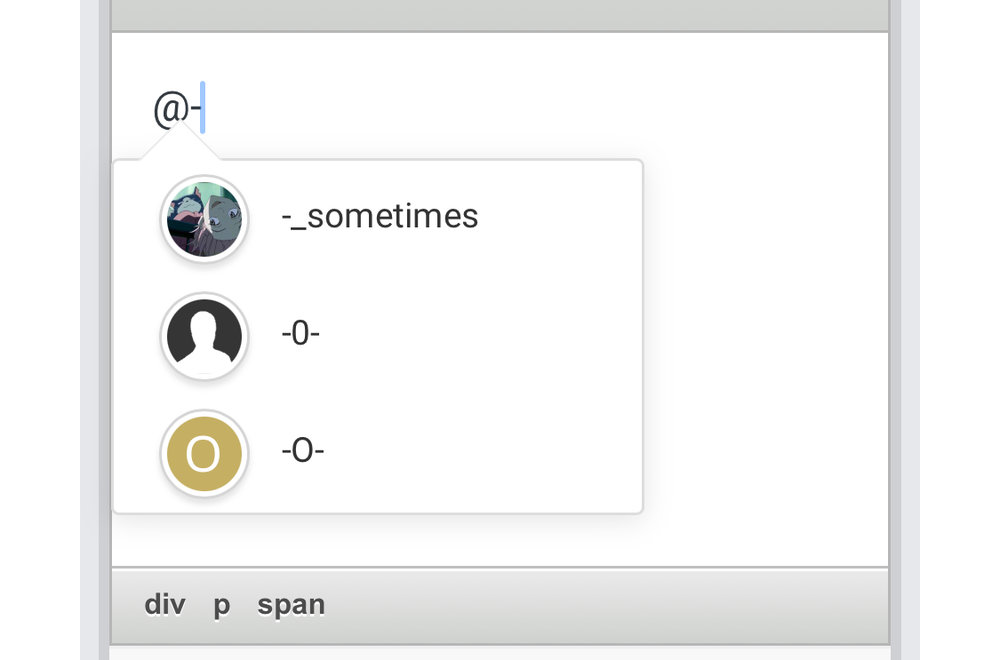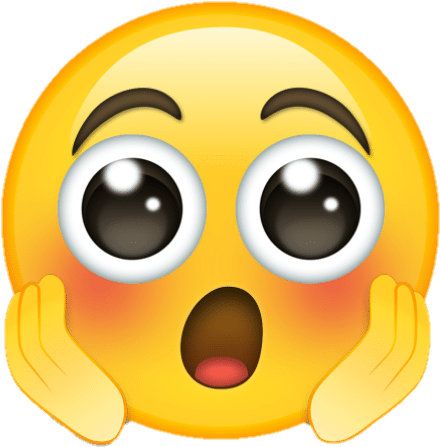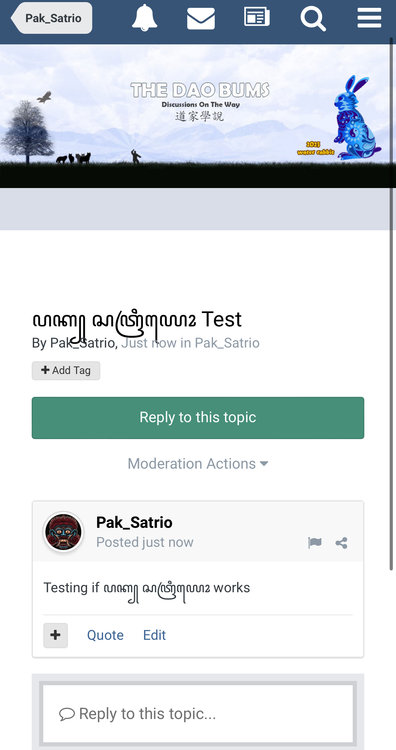
Bhathen
-
Content count
234 -
Joined
-
Last visited
Posts posted by Bhathen
-
-
Hope someone has a backup of this site.
-
-
From the writings of Saint Agasthiar (about 2000 years ago), during the time of conception if the father has more breathing in the left nostrils, the child turns out to be a girl; right nostril turns out to be a boy and equal breathing in both nostrils leads to a trans child. Shouldn't we have 3 genders and why do we keep sticking to 2 genders?
-
-
Thanks @Taomeow
This is one HIndu panchang site: https://www.drikpanchang.com/panchang/day-panchang.html?geoname-id=5391811
It's been sometime now, so I don't remember the exact sites used to compare the dates in detail also my knowledge is very limited.
-
 1
1
-
-
@Taomeow A bit off topic... Have you compared the Chinese calendar and the Hindu panchang? Was curious to check out if the auspicious dates and other dates match in both (for the same place), but many instances seem to be different unless it's a strong indication then both the calendars agree on them. Why would the differences arise, is it because the calculations are different?
-
 1
1
-
-
Did the teacher or course director explain what was happening and provide a solution for your problems?
-
-
In a Hindu temple:
QuoteKumbhabhishekam (Samprokshanam) is a ritual reverentially performed to re-energize the spiritual powers into the consecrated vigrahas. This process also nullifies any diminishment in Saanidhyam (power) due to unintended apacharas (errors). The scriptures ordain that the renewal process should occur every 12-years from the original day of consecration. This is performed through a religious process called Maha Kumbhabhishekam.
I got to witness the rituals of a Maha Kumbhabishek a few years back.
Initially the idols were removed from the inner sanctum, energy transferred to pots of water and kept covered in a separate space.. At the end of the 4 days the whole temple was bathed in holy water and the idols were consecrated.
On the first day I was sitting a few feet away from a group of 8 or 9 priests. One of them was chanting mantras and the rest of them were continuously doing mudras in sync. During the entire time of this half hour ritual, the point between my eyebrows was moving like a tiny ball in all directions with a high frequency.
As soon as the priests stopped the ritual, the vibrations also stopped completely.
It would be interesting to know why this occurred , what were the priests actually doing and why was that particular point affected. Maybe they were tuning into some kind of frequency or channelling some kind of energy into the pot of water in front of them.
-
Listening to or chanting 'Om Mani Padme Hum' is a simple yet profound practice for the heart chakra. Opening the heart chakra does not mean things will get better, more spiralling towards emptiness before you are out of it.
-
 1
1
-
-
5 hours ago, liminal_luke said:I haven´t tried this yet but I think I´ll give it a go. Sounds very much like Chi Nei Tsang. A variation that occurs to me: breathing into points just outside the circumference of the navel. There´s an idea in Chi Nei Tsang that these points correspond to a conical area that expands outward from the point. Hmmm...hard to explain with words. So the point right above the navel would reflect to the solar plexus and heart. The point above the navel to the right would reflect to the upper right side of the abdomen and liver, etc.
I sometimes work my way around the navel holding a finger steady at each of 8 points and making small circles, a move known in Chi Nei Tsang as "opening the wind gates."
Your post reminds me of the points in this paper. The exercise goes around the points near the navel and pulled in a certain direction. Are they similar points?
https://www.msjonline.org/index.php/ijrms/article/download/4704/3861/18775
-
-
9 hours ago, Taoist Texts said:was? was that before or after this
Been about 4 years since I stopped doing qigong. Learnt to not mix systems so stopped practicing.
Jogging and meds have helped me greatly with my present situation. Still the roots remain, which is why this thread resonates.
-
7 hours ago, Taoist Texts said:because its one shingle body of bodily qi behind them. its like a sea tide, when the tide rises it is anger; when the tide ebbs it is sadness. but it is the same seawater, the same qi
lots of ways: exercise, diet, fasting, massage
you know ppl talk about doing qigong all the time but when asked whats the point of doing it - all you get is a blank stare. and some anger hehe;)
Off-topic
Doing qigong, I was in my best health. I never knew I could be so healthy, everything was in balance, in a snap the pain I never knew disappeared, it was like all the irregularities in my physical body just vanished. Maybe some people haven't experienced a healthier aspect or it takes time or nothing happens, maybe it was not for them, does not mean qigong is a placebo.
-
 1
1
-
 1
1
-
-
10 hours ago, Taoist Texts said:since the commenters miss the point by a mile, i will explain. yours is a typical case of liver stagnation whereas an inborn energetic defect in the liver causes the qi to accumulate in the liver. When the liver is filled to capacity, the stagnant qi bursts forth in the moment of calm, causing an emotional-looking reaction which is not a real emotion. Instead it is a physiological reaction caused by the stagnated liver qi bursting to the surface. It is a symptom of a liver energy issue. It has nothing to do with meditation, repressed emotions, rage, past-life traumas etc yada yada
Can be rectified by a number of modalities of which tcm drugs / acupuncture are the least effective
Why does it feel like emotions are just transformed from one to another.? When the breathing is hard or forceful and from the lower part of the body, the emotion seems to be more of anger. When the breathing is more softer and calmer it seems to transform to sadness or sobbing.
How best to deal with stagnant qi, if TCM and acupuncture are least effective? Qigong seems to cycle the excessive energy to bring about a balance, but I maybe wrong about it in the long run.
About observing the emotions, during meditation or moments of silence it is easier for thought and emotions to arise and pass, thus being a neutral observer. But during day to day activities, observing them just makes the thought disappear and the only thing remaining is watching the breathing pattern and the happenings between inhalation and exhalation. Maybe there are better ways to observe.
-
1 hour ago, Pak_Satrio said:
Do the Chinese characters from here show up on your phone?https://www.thedaobums.com/forum/15-personal-practice-discussion/
The Chinese characters are displayed well.
Looks like the issue is with my phone,
https://scriptsource.org/cms/scripts/page.php?item_id=character_blocks
The scripts here seem to work fine, but I'll keep checking.
Thanks for your patience @Pak_Satrio .
-
 1
1
-
-
4 minutes ago, Pak_Satrio said:
Ok so it works on everything except Ubuntu and @Bhathen’s phoneAdd the updated Duckduckgo browser on my phone as well.
-
 2
2
-
-
55 minutes ago, Pak_Satrio said:Ok I texted on an Android phone and my pc and both work. Can confirm that it works on iPhone, macOS, Android and Windows. Maybe you need to upgrade your browser @Bhathen
Upgraded the Chrome browser, still the same. The Chrome browser in my laptop, Firefox and Fire OS seem to display it with variations.
What language is the name in and how do you pronounce it?
-
-
1 hour ago, Pak_Satrio said:I was trying to tag Rudi to ask something and could not figure out how because of the non-English characters. There must be a way but just left trying.
-
 1
1
-
-
Have been wondering why Buddhists practice Qigong after watching the staff and qigong exercises in the Plum village app, aren't they two different processes? Maybe one goes through the states of jhana and the other through neidan or do they culminate in the same end point?
-
16 hours ago, ChiDragon said:
Based on what I have read the definitions online, I disagree with the former but agree with the latter. The latter is more like acupressure.I should have been more clear with my statement since the art involves a broader array of practices. During a recent workshop, my Varma master was explaining a vivid and detailed description from older texts of the tradition. Interestingly, he was reading the exact description of a portion of this image.
-
3 hours ago, ChiDragon said:Qigong is the derivative of Yoga.
It might be that Qigong is related more to Kalari / Kalaripayattu (Defence aspect of the art) and Acupressure has some similarities with Varma or Marma.(Medical aspect of the art).
-
These are some of the exercises recommended by my physiotherapist:
Strengthening your core muscles is also important.-
 2
2
-






Software issues.
in Forum and Tech Support
Posted
The 'Bad gateway' error seems to have returned. Is anyone else facing issues?